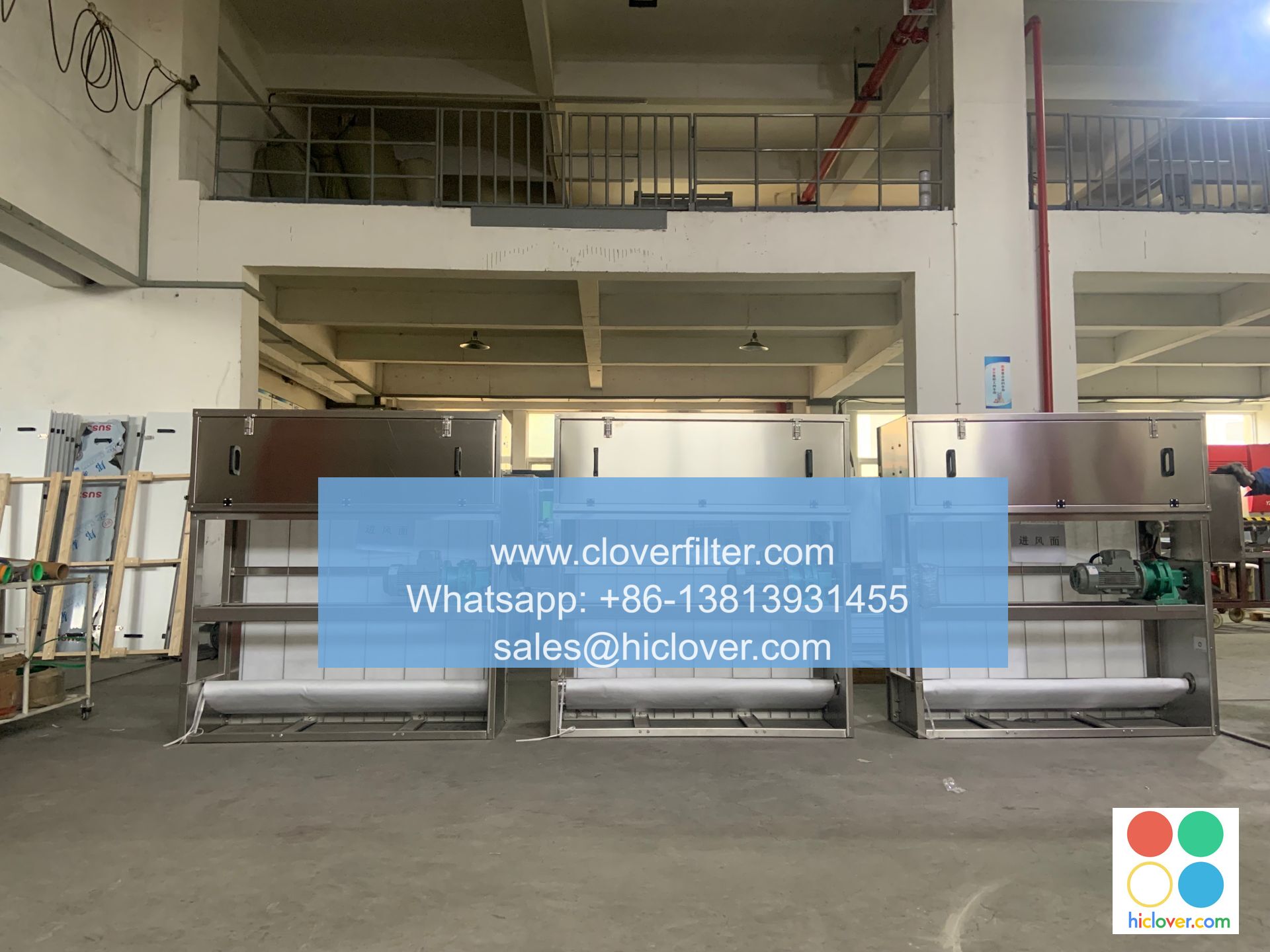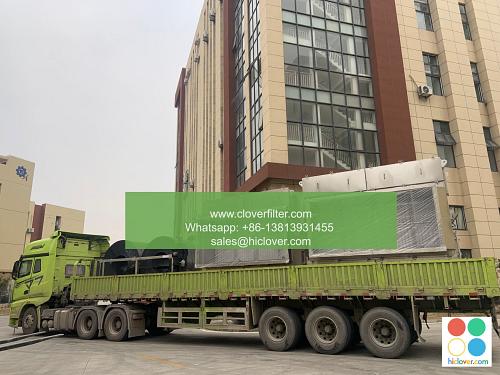The Effectiveness of Electronic Air Cleaners: A Documentation Review

Introduction to Electronic Air Cleaners
Electronic air cleaners, also known as electrostatic air purifiers or ionizers, are devices designed to remove airborne pollutants and contaminants from the air. These devices use an electrostatic charge to attract and trap particles, such as dust, pollen, and other allergens, improving indoor air quality. In this review, we will examine the effectiveness of electronic air cleaners, highlighting various application areas, including residential, commercial, and industrial settings.
Operating Principles of Electronic Air Cleaners
Electronic air cleaners operate by using a high-voltage electrostatic charge to attract and trap airborne particles. The process involves several stages, including ionization, electrostatic attraction, and filtration. The ionization stage involves the release of negative ions, which attract and trap positively charged particles. The electrostatic attraction stage involves the use of an electrostatic charge to attract and trap particles, while the filtration stage involves the use of a filter to capture and remove trapped particles.
Evaluation of Electronic Air Cleaner Effectiveness
Numerous studies have evaluated the effectiveness of electronic air cleaners in removing airborne pollutants and contaminants. These studies have shown that electronic air cleaners can be highly effective in removing particulate matter (PM), including PM2.5 and PM10, as well as volatile organic compounds (VOCs) and microorganisms. However, the effectiveness of electronic air cleaners can vary depending on several factors, including device design, maintenance, and application area.
Application Areas of Electronic Air Cleaners
Electronic air cleaners have a wide range of applications, including:
- Residential: Electronic air cleaners can be used in homes to remove airborne pollutants and contaminants, improving indoor air quality and reducing the risk of respiratory problems.
- Commercial: Electronic air cleaners can be used in offices, restaurants, and other commercial settings to remove airborne pollutants and contaminants, improving indoor air quality and reducing the risk of occupational health problems.
- Industrial: Electronic air cleaners can be used in industrial settings, such as manufacturing facilities and warehouses, to remove airborne pollutants and contaminants, improving indoor air quality and reducing the risk of occupational health problems.
Comparison with Other Air Cleaning Technologies
Electronic air cleaners can be compared with other air cleaning technologies, including HEPA filters and activated carbon filters. While these technologies have their own advantages and disadvantages, electronic air cleaners offer several benefits, including high efficiency, low maintenance, and quiet operation.
Conclusion
In conclusion, electronic air cleaners can be an effective solution for removing airborne pollutants and contaminants from the air. With their high efficiency, low maintenance, and quiet operation, electronic air cleaners are suitable for a wide range of applications, including residential, commercial, and industrial settings. However, it is essential to evaluate the effectiveness of electronic air cleaners based on their operating principles, device design, and application area to ensure optimal performance. By highlighting various application areas and operating principles, this review aims to provide a comprehensive understanding of the effectiveness of electronic air cleaners in improving indoor air quality. It looks like you haven’t given me a prompt yet! Please go ahead and give me something to work with, whether it’s a question, a topic, or a creative idea. I’m here to help!

